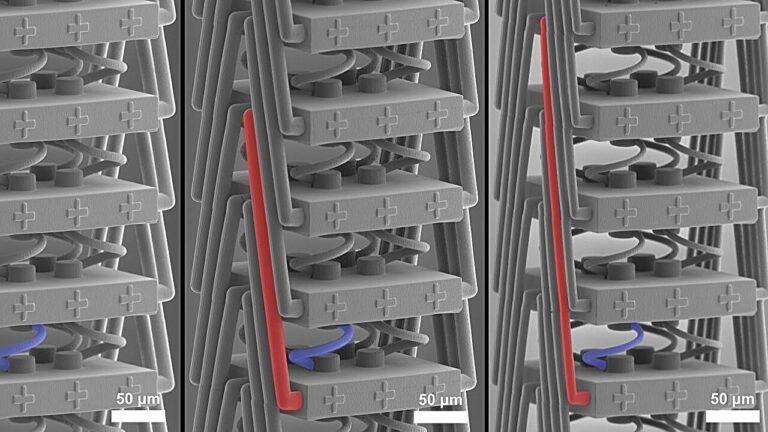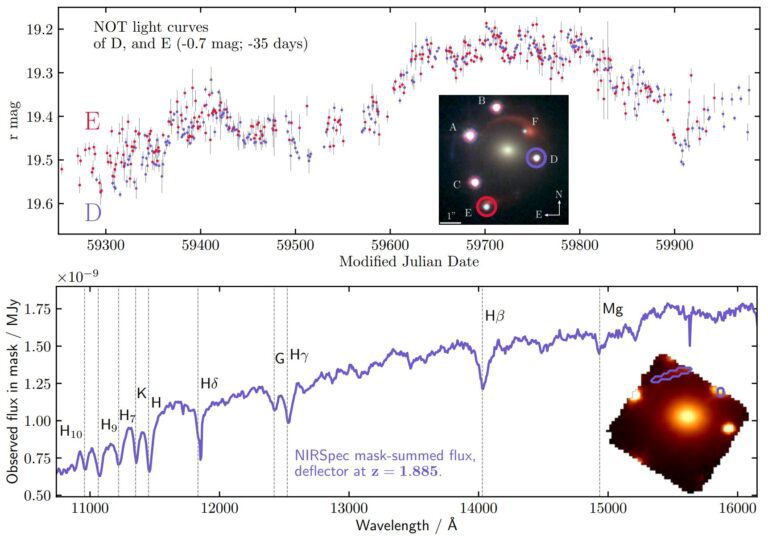

Evolution has long been thought to be random, however, a recent study suggests differently.
Evolution might be less random than we thought.
Evolution has long been thought of as a relatively random process, with species’ features being formed by random mutations and environmental factors and thus largely unpredictable.
But an international team of scientists headed by researchers from Yale University and Columbia University discovered that a specific plant lineage independently developed three similar leaf types repeatedly in mountainous places scattered across the Neotropics.
The research revealed the first examples in plants of “replicated radiation,” which is the repeated development of similar forms in different regions. This discovery raises the possibility that evolution is not necessarily such a random process and can be anticipated.
The study was recently published in the journal Nature Ecology & Evolution.

Similar leaf types evolved independently in three species of plants found in cloud forests of Oaxaca, Mexico, and three species of plants in a similar environment in Chiapas, Mexico. This example of parallel evolution is one of several found by Yale-led scientists and suggests that evolution may be predictable. Credit: Yale University
“The findings demonstrate how predictable evolution can actually be, with organismal development and natural selection combining to produce the same forms again and again under certain circumstances,” said Yale’s Michael Donoghue, Sterling Professor Emeritus of Ecology & Evolutionary Biology and co-corresponding author. “Maybe evolutionary biology can become much more of a predictive science than we ever imagined in the past.”
The research team examined the genetics and morphology of the Viburnum plant lineage, a genus of flowering plants that started to spread into Central and South America from Mexico around 10 million years ago. Donoghue conducted research on this plant group for his Ph.D. dissertation at Harvard 40 years ago. At the time, he advocated an alternate theory according to which large, hair-covered leaves and small, smooth leaves both evolved early in the history of the group and later migrated separately, being scattered by birds, through the different mountain ranges.
However, the new genetic analyses presented in the study demonstrate that the 2 different leaf types evolved separately and simultaneously in each of many mountain regions.
“I came to the wrong conclusion because I lacked the relevant genomic data back in the 1970s,” Donoghue said.
The team found that a very similar set of leaf types evolved in nine of the 11 regions studied. However, the full array of leaf types may have yet to evolve in places where Viburnum has only more recently migrated. For instance, the mountains of Bolivia lack the large hairy leaf types found in other wetter areas with little sunshine in the cloud forest in Mexico, Central America, and northern South America.
“These plants arrived in Bolivia less than a million years ago, so we predict that the large, hairy leaf form will eventually evolve in Bolivia as well,” Donoghue said.
Several examples of replicated radiation have been found in animals, such as Anolis lizards in the Caribbean. In that case, the same set of body forms, or “ectomorphs,” evolved independently on several different islands. With a plant example now in hand, evolutionary biologists will try to discover the general circumstances under which solid predictions can be made about evolutionary trajectories.
“This collaborative work, spanning decades, has revealed a wonderful new system to study evolutionary adaptation,” said Ericka Edwards, professor of ecology and evolutionary biology at Yale and co-corresponding author of the paper. “Now that we have established the pattern, our next challenges are to better understand the functional significance of these leaf types and the underlying genetic architecture that enables their repeated emergence.”
Reference: “Replicated radiation of a plant clade along a cloud forest archipelago” by Michael J. Donoghue, Deren A. R. Eaton, Carlos A. Maya-Lastra, Michael J. Landis, Patrick W. Sweeney, Mark E. Olson, N. Ivalú Cacho, Morgan K. Moeglein, Jordan R. Gardner, Nora M. Heaphy, Matiss Castorena, Alí Segovia Rivas, Wendy L. Clement, and Erika J. Edwards, 18 July 2022, Nature Ecology & Evolution.
DOI: 10.1038/s41559-022-01823-x





